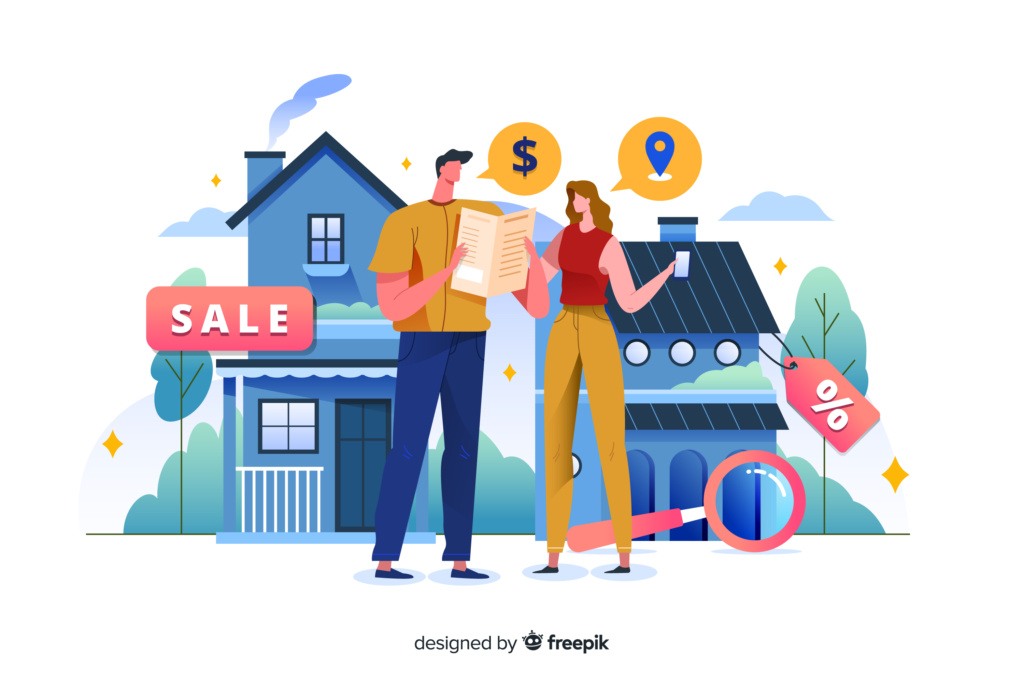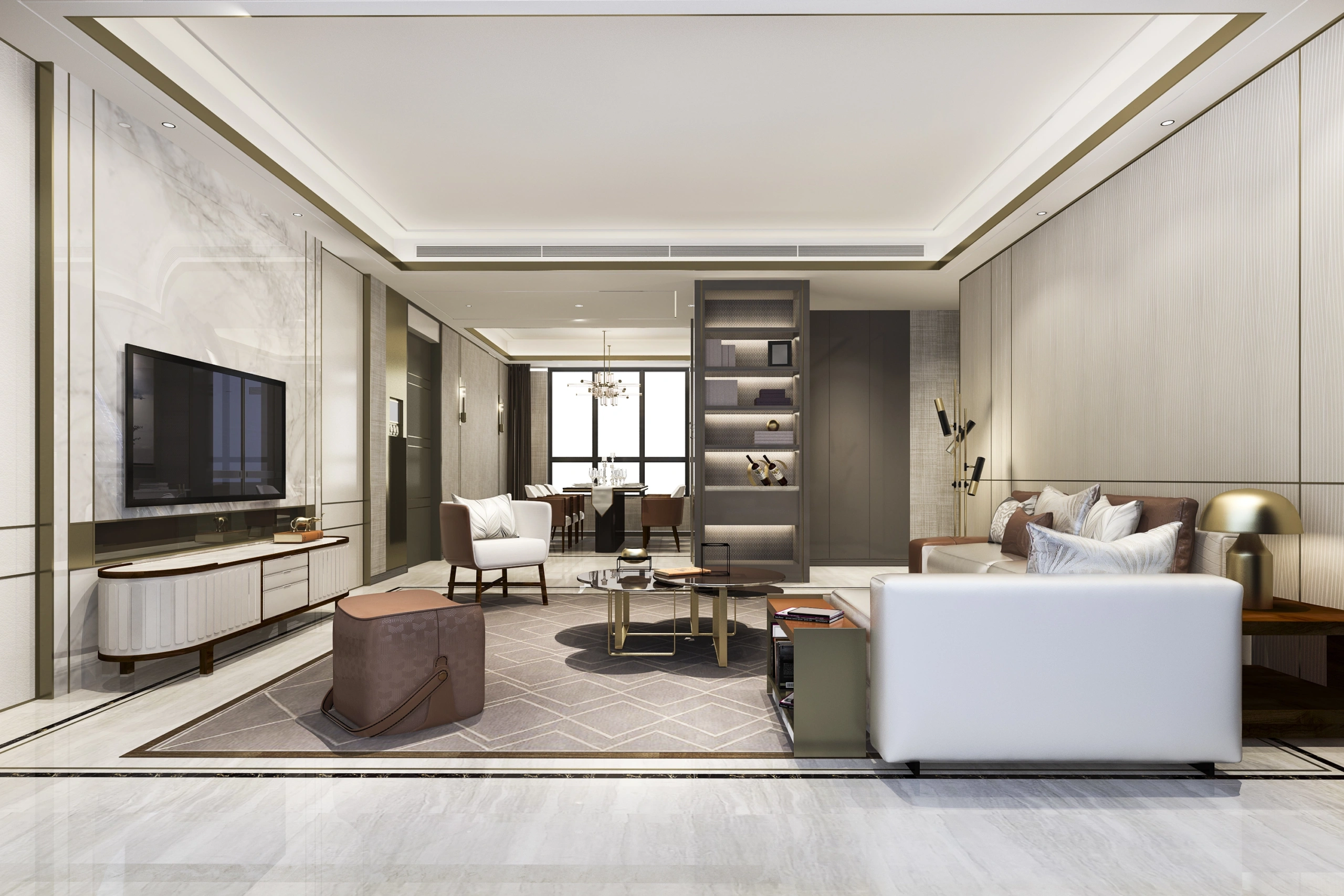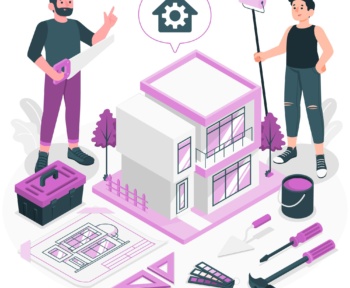Jake Mitchell writes on behalf of Headboard Interiors.
Roughly half of UK adults own their own home, which translates to 26.4 million people; meanwhile, the private rented sector makes up 4.6 million or 19% of households. The choice between renting and owning is a pivotal one for any homeowner or household looking to move. A 2024 survey suggests around a third (32%) of UK homeowners are planning a major renovation this year.
While both options offer distinct advantages and disadvantages, homeowners and renters should delve into a specific aspect of their home that often gets overlooked: how interior design impacts cost-effective living. Whether you’re a renter or an owner, how you design and furnish your living space can significantly impact your finances and lifestyle. After all, rent has been steadily increasing, with a year-on-year rise of 9.2% across the UK and a recent survey showed 40% of adults find it difficult to afford rent or mortgage payments.
Flexibility and Adaptability in Rental Spaces
Renting a home grants a unique degree of flexibility that ownership often lacks. With leases typically lasting a year or less, renters have the freedom to experiment with different design styles and layouts without the long-term commitment. This flexibility extends to furniture choices, allowing renters to opt for easily movable or multipurpose pieces that can adapt to various spaces and configurations. Moreover, renters can explore temporary decor solutions such as removable wallpaper, peel-and-stick tiles, and wall decals to personalise their space without risking damage or violating lease agreements.
Long-Term Investment

On the flip side, owning a home presents opportunities for long-term investment and improved customisability. Homeowners have increased autonomy to undertake renovations and permanent upgrades that enhance both the aesthetic appeal and resale value of their property. Investing in high-quality materials and fixtures can yield dividends in terms of durability and visual impact, transforming a house into a personalised sanctuary. Additionally, homeowners can capitalise on tax benefits and equity appreciation, viewing interior design expenditures as strategic investments rather than mere expenses.
Budget-Friendly Design Tips for Renters
Despite the constraints of renting, numerous budget-friendly design tips can improve the look and feel of a space without breaking the bank. For example, renters can purchase portable and versatile furniture pieces that serve multiple functions. A futon sofa can double as a guest bed while nesting tables are flexible in small living areas. Additionally, renters can employ creative styling techniques such as LED strip lighting, statement rugs, and curated gallery walls to infuse personality into their space on a limited budget. By prioritising affordability and adaptability, renters can achieve a stylish and functional interior without making permanent alterations or substantial investments.
Maximising Value through Homeownership
For homeowners, the focus shifts towards maximising value through strategic interior design choices. While the initial investment may be higher, homeowners have the opportunity to recoup costs through increased property value and equity accumulation. One approach is to prioritise renovations that offer the highest return on investment (ROI), such as kitchen and bathroom upgrades. The average home improvement in the UK is estimated to add around 10% to the property’s value, with loft conversions having up to 15% increase and bathroom upgrades increasing the value between 3-5%. These areas are key selling points for potential buyers and can significantly boost the resale value of a home. Additionally, homeowners can leverage their long-term commitment to invest in energy-efficient appliances and sustainable materials, reducing utility costs while enhancing the eco-friendliness of their homes.
Personalisation and Resale Potential
A crucial consideration for both renters and homeowners is striking a balance between personalisation and resale potential. While it’s essential to create a space that reflects your unique taste and lifestyle, it’s also prudent to keep future buyers or landlords in mind. Opting for classic design elements that maintain popularity and neutral colour palettes can appeal to a broader audience and facilitate a smoother transition when it comes time to sell or move out. Moreover, focusing on quality over quantity ensures that investments in furniture and decor stand the test of time, maintaining their appeal and functionality for years to come.

Between renting and owning, interior design plays a significant role in shaping the overall living experience. Whether you’re renting temporarily or investing in a forever home, thoughtful design choices can enhance comfort, functionality, and financial viability. The 2023 Houzz & Home Study reports a median spend of £16,250 for renovations, with high-budget projects reaching £120,000. But by embracing flexibility and creativity, and considering a long-term perspective, individuals can create cost-effective living spaces that reflect their personality and lifestyle preferences.
Ultimately, whether you’re a renter or an owner, the key lies in finding the perfect balance between style, practicality, and money-saving tactics in your interior design endeavors.




